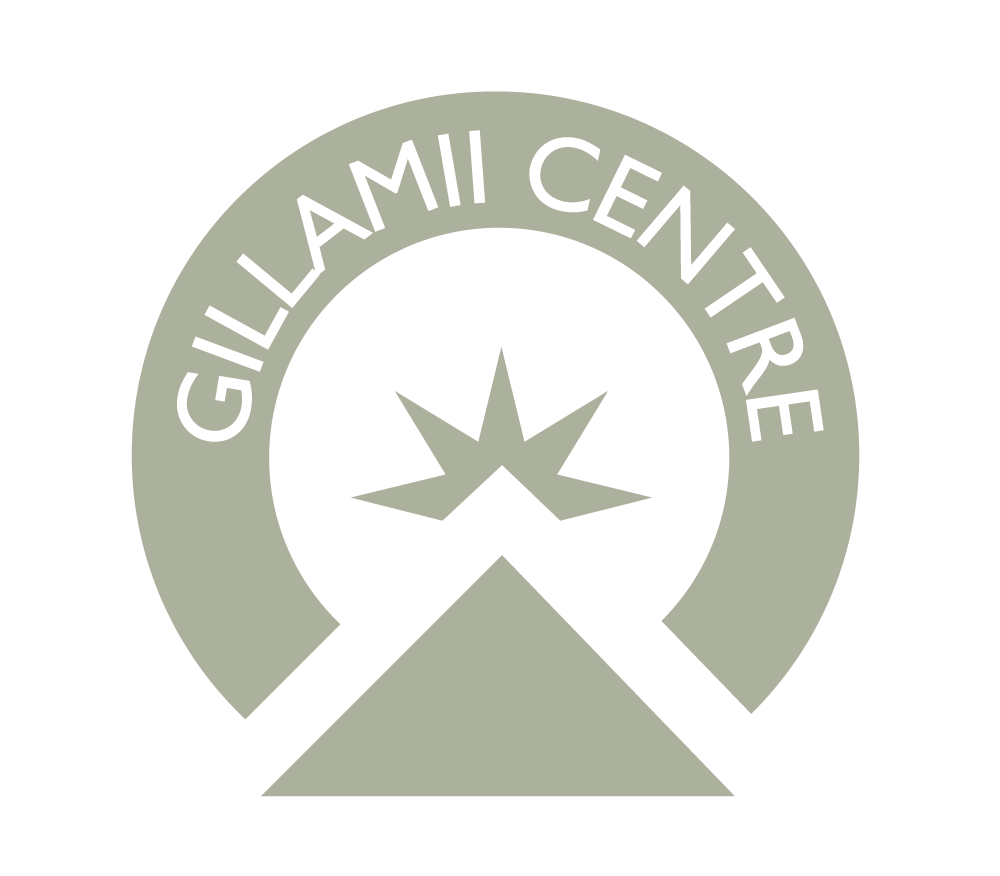Restoring Gondwana- Gillamii Project Kent Frankland
Period: 2012-16
Funding Body: National Landcare Program, South Coast NRM
Funds: $276,448
Project Officers: Genevieve Harvey, Rebecca Cassells
Summary
Improving landscape connectivity, maximising population viability, and reducing threatening processes are key project outcomes that will build the resilience of threatened species and assist with reducing the impact of climate change. This project forms part of a region wide plan to reduce fragmentation between core ecosystems by restoring/protecting biodiverse corridors on, and adjacent to, cleared agricultural land. This project will support these actions by providing funding in three key areas:
Theme 1: Restore ecosystems to assist the movement of plants and animals through disturbed landscapes. This will increase the resilience of species susceptible to increased temperatures and a drier climate. This will have demonstrable benefits in increasing the distribution of native species and preserving genetic diversity.
Theme 2: Protect remnant vegetation, with a priority on ecosystems with sufficient resilience to “bounce back” after protection leading to enhanced connectivity. Implement Phytophthora dieback mitigation strategies to maintain native habitat, in particular Environment Protection Biodiversity Conservation of Act of 1999 (EPBC) Flora.
Theme 3: Protect fauna through integrated feral pest control. A focus on controlling fox and cat predation will protect EPBC listed vulnerable and endangered species including Red-tailed Phascogale, Southern Brown Bandicoot, Malleefowl, and Carnabys Cockatoo.
This project will increase connectivity in the Forest to Stirling macro Corridor by implementing actions identified in the local Conservation Action Plan to protect key threatened fauna and flora of the Forest to Fitzgerald macro corridor.
Outcome
The impact of the project is improvement to landscape scale conservation in the Kent-Frankland section of the Forest to Stirling corridor by protecting and improving the condition of remnant vegetation in the Forest to Stirling macro corridor by erecting 51.27km of fencing on eight properties to exclude stock from vegetation on private property. More than 1816ha of remnant vegetation with high conservation and connectivity value.
Establishing 21.5ha of biodiverse plantings to improve degraded remnant vegetation, increasing future habitat and foraging for wildlife. Undertaking 411ha of environmental weed control including Sydney Golden Wattle and running a continuous fox bounty (13,000ha) during the life of the project, culling 57 cats and 800 foxes (858 individuals) to reduce competition and threats to native flora and fauna. Delivering a community Fox Control Forum (education event). Undertaking revegetation monitoring at six sites to help improve future revegetation. Installation of five cocka-tubes to provide immediate habitat for EPBC listed Carnaby’s Black Cockatoos.
Report


